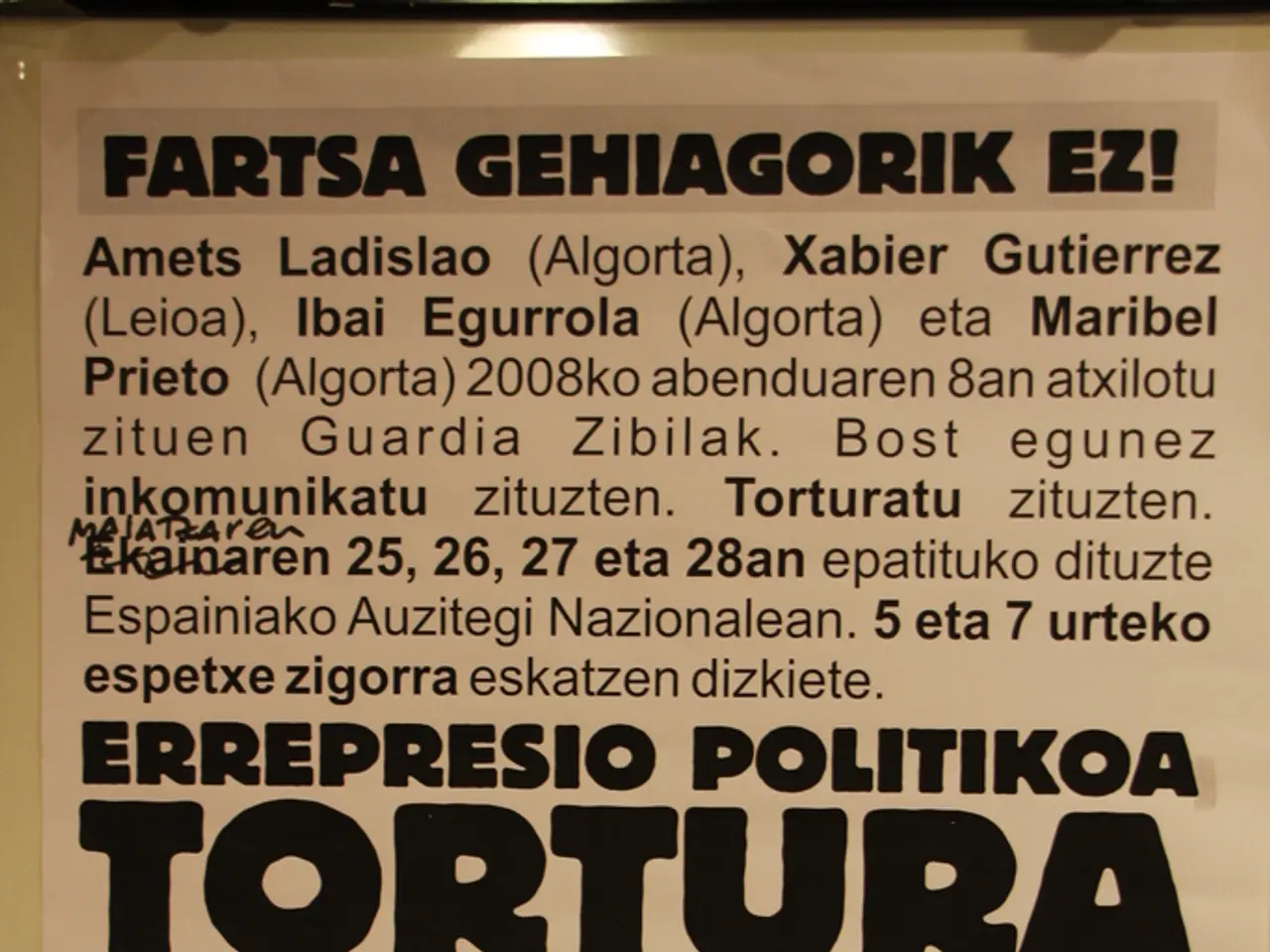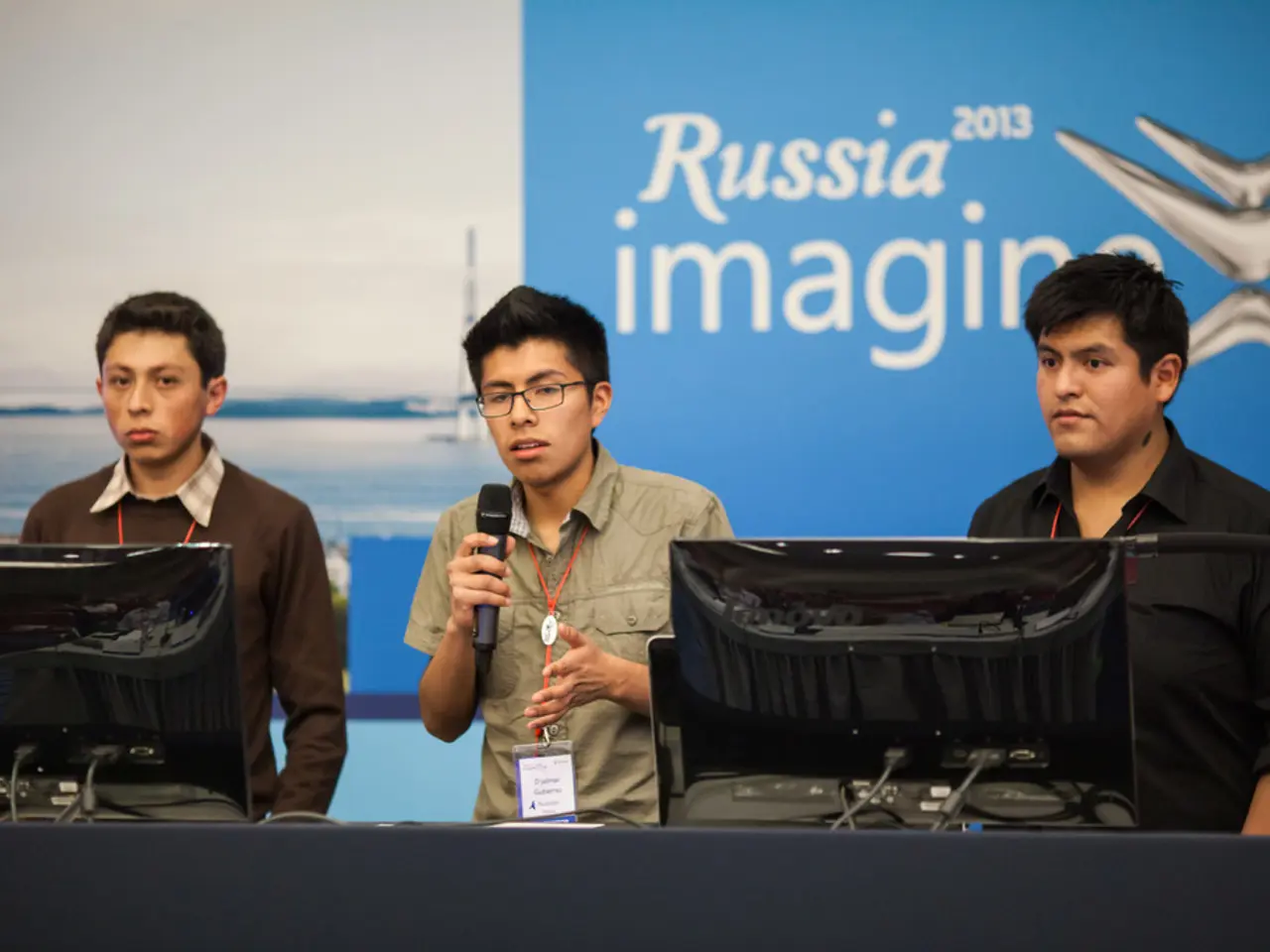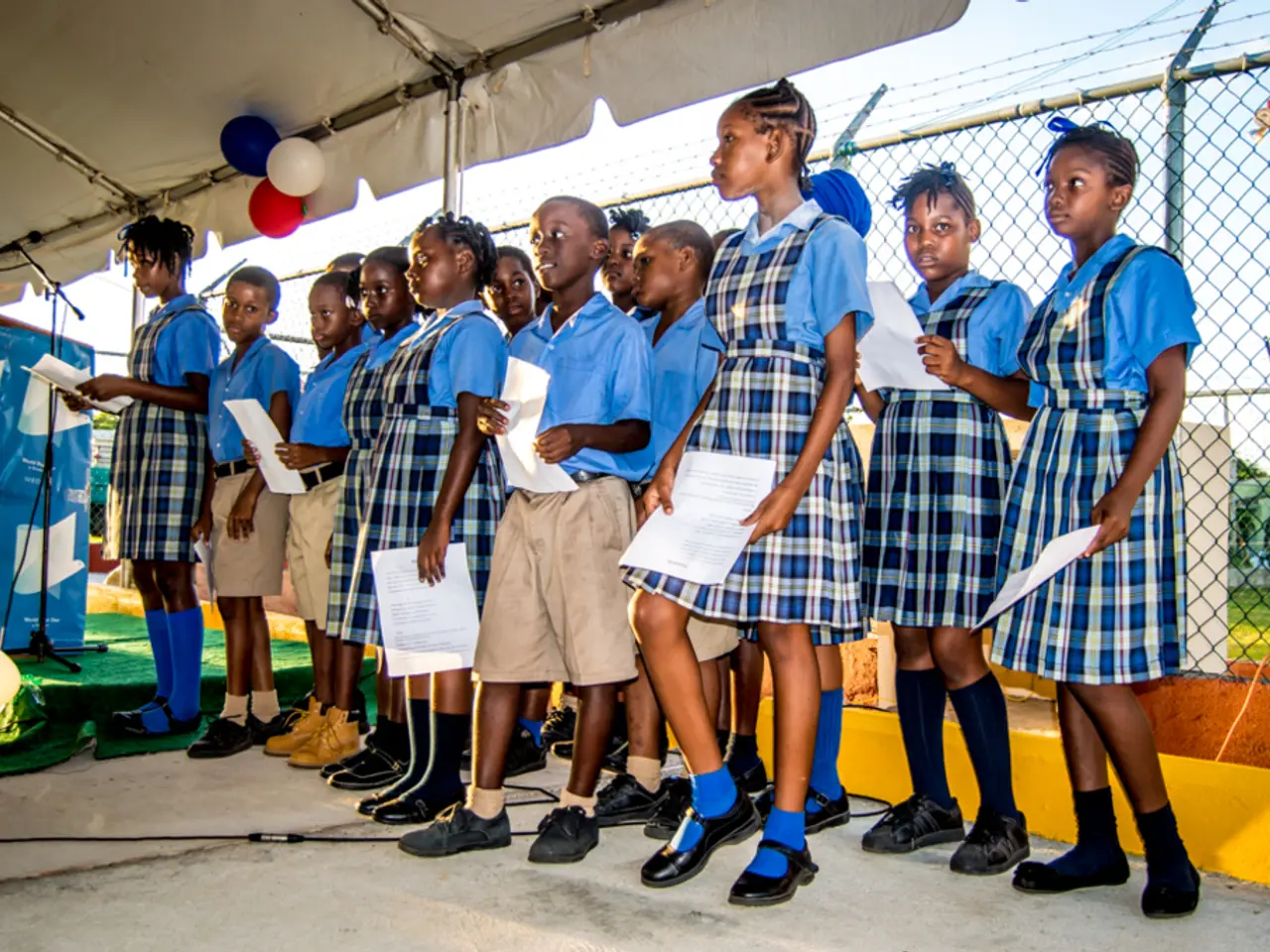University Uprising of 1956, Sowing Enduring Anti-Franco Resistance in Spain's Academia
The 1956 student protests in Spain took place under the authoritarian regime of Francisco Franco, characterised by repression, limited political freedoms, and social control. These protests, often referred to as the 1956 events, were a response to student discontent with Francoist university policies and broader opposition to Franco's dictatorship.
Political and Social Circumstances
Franco's regime (1939–1975) was established after the Spanish Civil War and was marked by repression of political opponents, censorship, and the promotion of conservative Catholic values. The government tightly controlled universities to prevent dissent, aligning educational institutions with regime ideology. Restrictions on freedom of expression and political activities frustrated students, who were increasingly exposed to leftist, anarchist, and liberal ideas.
By the mid-1950s, economic difficulties, political isolation, and social inequality under Franco increased discontent among various sectors, including youth and students.
The 1956 Student Protests
In February 1956, violent clashes at universities, provoked by student demands for greater autonomy and opposition to regime policies, resulted in serious injuries. The regime responded with harsh measures, including declaring a state of emergency. This crackdown failed to suppress student activism; instead, it intensified resistance within universities and fostered solidarity among students against authoritarian repression.
Contribution to Anti-Francoism in Universities
The protests marked a significant moment in the rise of organized student opposition, building networks that would sustain anti-Franco activism throughout the dictatorship. Students became a key social base of opposition, linking university autonomy struggles with broader calls for democratization and civil liberties. These events helped politicize a generation of university students, laying groundwork for subsequent movements against Franco, including those led by anarchists, communists, and other leftist groups active into the 1960s and beyond.
In summary, the 1956 student protests emerged from repressive political and social conditions under Franco’s dictatorship. The regime’s harsh repression of these protests paradoxically galvanized university anti-Francoism, making Spanish universities important centers of resistance during the dictatorship.
Spanish Radio Television will premiere a documentary series called "The Conquest of Democracy" on Thursday at 22:30, reviewing these historic events. The first episode, titled "Making the Way by Walking", will delve into the first uprisings against the Franco regime.
The repression of freedom of expression and political activities in universities during Franco's regime fueled the opinion among students that education-and-self-development and politics should not be limited by the government's conservative ideology. The 1956 student protests, an expression of this opinion, marked a significant contribution to anti-Francoism, with universities becoming crucial centers of resistance against his authoritarian rule, as depicted in the upcoming documentary series "The Conquest of Democracy".




